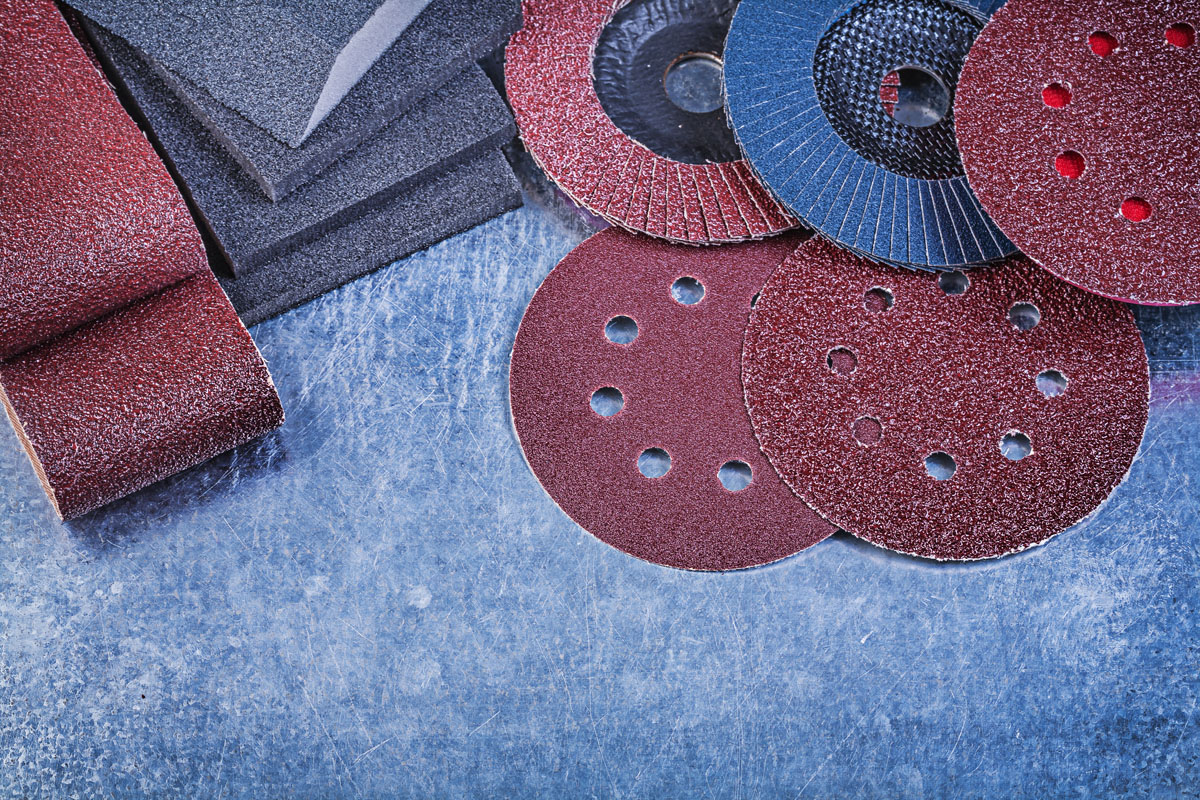After you repair your items with JB Weld, you may see some imperfections and adhesive residue on the surface. You should sand the adhesive to get a clean repair. So is there a way to do so?
JB Weld is sandable. You can sand it with abrasive paper once it fully cures after 15–24 hours. Given the adhesive’s hardness, it’s better to apply wet sanding. This method removes abrasive particles and makes the surface shiny and even without creating lots of dust or generating heat.
In this article, you’ll learn more about sanding JB Weld, different sanding types, and alternatives for grinding JB Weld.
What’s JB Weld?
JB Weld is a two-part adhesive, filler, and epoxy, which you can use for strong and lasting repairs. It’s an ideal product for applications like metals, ceramic, glass, and plumbings.
When using JB Weld, you need to mix an equal amount of the tubes to get the best result. Its full curing time is about 15-24 hours, and after curing, it withstands temperatures up to 550°F (287 C°). It’s also resistant to water, gasoline, and other chemicals.
Can I Sand JB Weld?
JB Weld is a sandable adhesive, but it should first reach its full cure (dry time). Sometimes, it’s difficult to grind this adhesive, given its hardness and rubbery shape. If you do sand, you shouldn’t use a palm sander because it generates heat, which softens the adhesive and clogs the abrasive paper quickly.
An excellent way to sand JB Weld is using the wet sanding method with waterproof abrasive paper. Wet sanding is the process of using water or any other liquid such as water and detergent as lubrication to carry away removed grit particles. This method reduces clogging and dust, so you can use your sandpaper for much longer and see the result immediately.
Waterproof sandpaper consists of silicon carbide, and it’s available in various sizes, from 60 to 1000 grit. To sand JB Weld, you need a size of 1000. Remember that you should do wet sanding with your hand because using an electrically operated machine may create an electric shock.
If you want to sand large surfaces, you can use an air-powered sander as an alternative. Depending on the surface, you can also use other tools like a disk sander for soft materials such as plastic and wood. Using a belt or orbit sander is ideal for the metal parts.
The wet sanding method doesn’t work on all surfaces. So you should pick a different way, such as dry sanding.
Dry Sanding vs. Wet Sanding
Dry sanding is another way to sand JB Weld. You can use this method with large wooden areas such as floors, decks, or other moisture-sensitive particles. Since wet sanding may create swells and stains in wood, dry sanding is a better choice. It’s less time-consuming and makes the edges less sharp.
In general, if the surface isn’t sensitive to moisture, wet sanding takes priority since dry sanding generates a lot of heat. This heat may dissolve the adhesive and make the surface matt. Moreover, the dry method generates a lot of dust, so you should wear a respirator mask to prevent toxic powder inhaling.
Alternatives for Sanding JB Weld
If you don’t have access to abrasives, you can choose other sand methods to remove excessive JB Weld. Here are the top two alternatives:
Heat
Extreme heat is the easiest way to remove JB Weld imperfections from metal or heat-resistant surfaces. An easy way is using a heat gun because excessive heat changes JB Weld’s chemical structure so that you can scrape it quickly.
Steam is another option to soften JB Weld. Pour some water into a small pot, put the item in a steamer basket, and place it over the pot. The water level should be about 2 inches (2.5 cm) below the steamer. Steam the item for 30 minutes, then remove the piece with tongs.
Use a scraper and remove the adhesive. Repeat the steps if necessary.
Chemicals
Some chemicals like white vinegar, acetone, or ethanol can remove JB Weld if it hasn’t dried thoroughly yet. Soak a rag with vinegar and cover the area to dissolve the adhesive. Don’t forget to wipe away the residue before it dries completely.
Conclusion
You can sand JB Weld using waterproof abrasive paper. This process evens the surface and creates less dust.
Dry sanding is another approach to sand JB Weld. It’s a good choice for moisture-sensitive surfaces such as wood. This method is also less time-consuming and makes the sharp edges flat. Generally speaking, wet sanding is better because it creates less heat and dust.
If you don’t have access to abrasive tools, you can apply heat or steam to remove JB Weld. If the adhesive hasn’t dried yet, you can use some chemicals such as acetone, vinegar, or ethanol.

